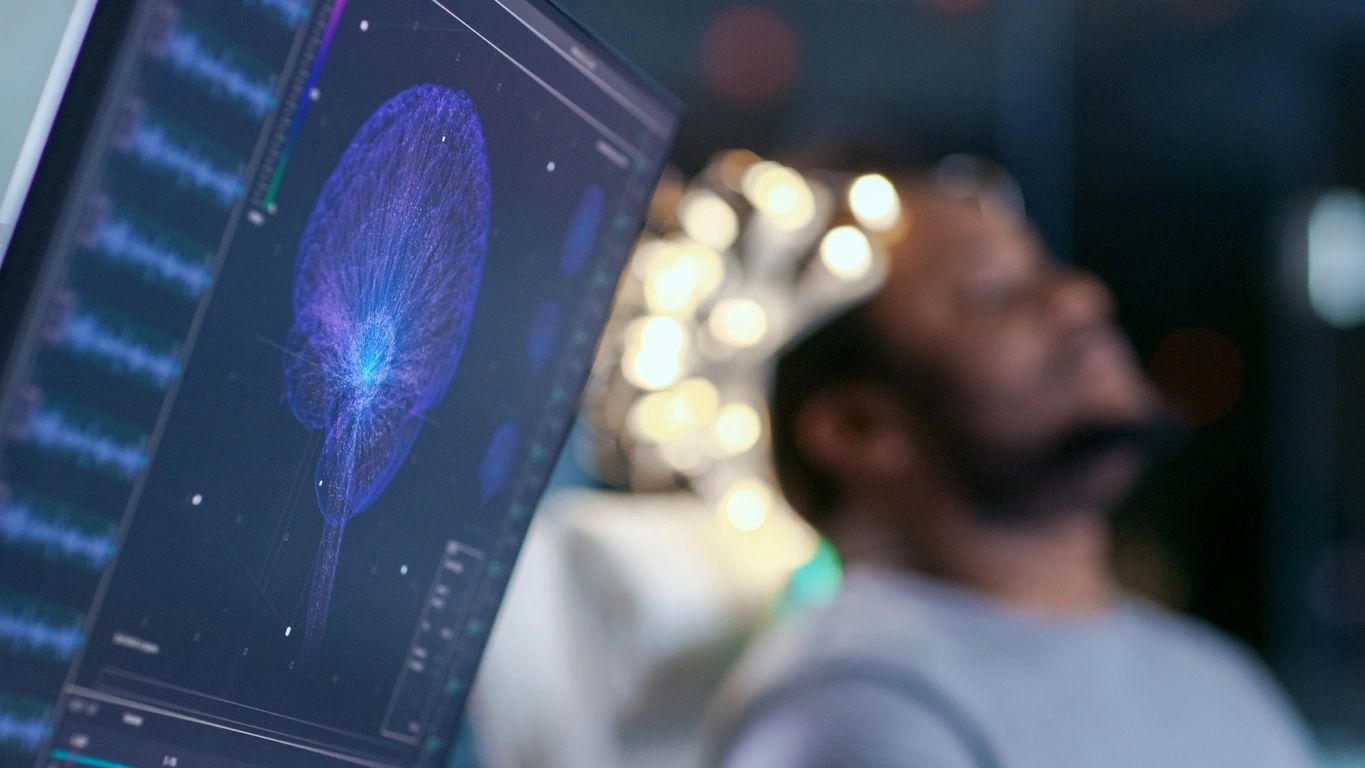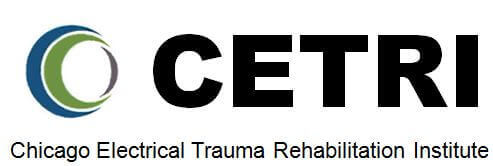UNDERSTANDING THE CONNECTION BETWEEN ELECTRICAL SHOCK AND SUBSEQUENT NEUROMUSCULAR DISORDERS
As electrical power finds increased use in many fields, the possibility of experiencing an electric shock does too. While the majority of electrical shocks are minor and go unnoticed, there is a subset of cases where these shocks manifest long-term disability with peripheral pain, loss of strength and coordination, and a variety of other problems that interfere with daily activities. Injuries from lightning cause similar long-term effects. One of CETRI's primary research goals is to understand the connection between electrical shock injury and the delayed onset of specific symptoms. These manifestations are typically related to neuromuscular pain and/or disability. CETRI's research priority is understanding the preinjury factors that predispose someone to neuromuscular problems and determining effective therapies to mitigate this.
NEUROPSYCHOLOGICAL SEQUELAE OF ELECTRICAL SHOCK INJURY
Some survivors of electrical shock injury frequently present with clinical signs and symptoms of stress disorders, depression, cognitive changes, and emotional disorders with no pre-injury history of these problems. In many cases, these symptoms do not manifest immediately following the injury. Over the past 20 years, CETRI has performed multidisciplinary clinical evaluations on many hundreds of electrical shock survivors that contacted CETRI because of clinical complaints after surviving electrical shock. CETRI is working to parameterize and analyze the factors linking electrical shock and neuropsychological disorders.

OPTIMAL PHYSICAL THERAPY APPROACHES TO RECOVERING FROM ELECTRICAL SHOCK INJURY
Neuromuscular retraining is an important aspect of successfully recovering from all forms of physical trauma, especially those that damage nerves and skeletal muscle. Proper healing and neuromuscular adaptation are important for a successful recovery. A fundamental priority for CETRI is to learn how best to maximize functional sensory and motor recovery following electrical shock injury.
